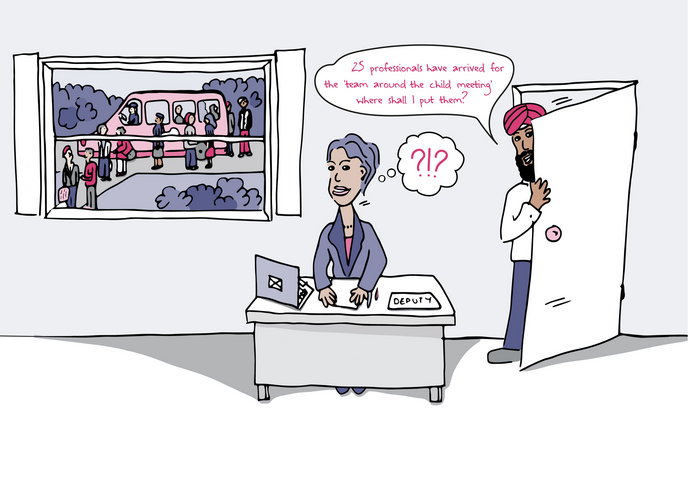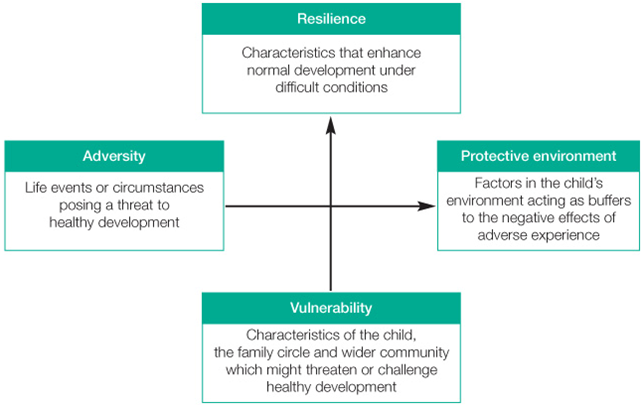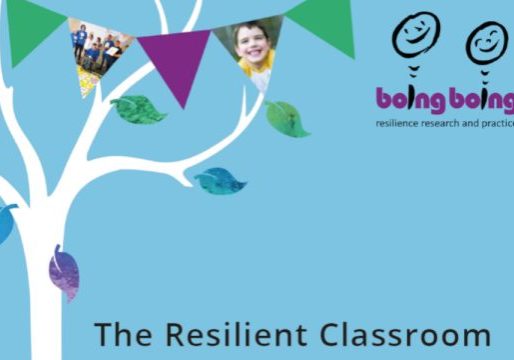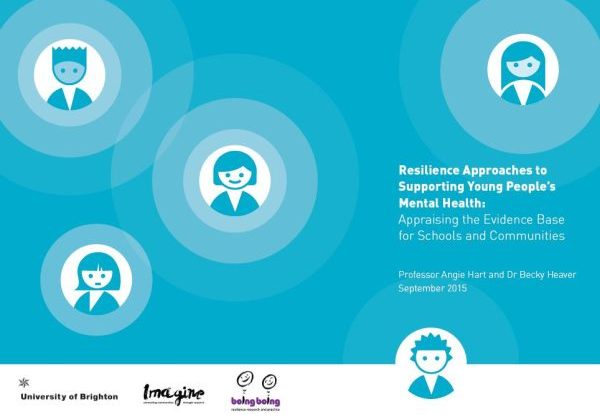Pupils key points
All pupils cope with some adversity
• Pupils who experience multiple disadvantages face greater challenges in schools
• This resource is about supporting schools to ‘step up’ for those pupils
• All pupils will benefit from an academic resilience approach
• There are many disadvantages and stressors that can have a negative impact upon pupils. These are called risk factors
All pupils will have to cope with some adversity, that is part of life. However pupils who experience multiple disadvantages (such as poverty, domestic violence, bullying, refugee and asylum seekers, young people with special educational or complex needs), face greater challenges in school than most.
This resource supports schools to ‘step up’ the things they do to have greater impact on the achievements of their most disadvantaged pupils.
All pupils will benefit from a school-wide approach to increasing academic resilience. In fact, more advantaged pupils often benefit more than others because they get even more support than they had before, so you need to be extra careful to ensure that disadvantaged pupils will benefit.
Risk Factors
There are many disadvantages and stressors that can have a negative impact upon pupils. These are called risk factors which can include, but are not limited to:
• Stress effects and malnourishment in the womb
• Poverty
• Parents with little formal education
• Family instability
• Parental alcoholism
• Poor parental mental health (Werner, 1989)
• Poor educational attainment
• Poor relationships with others
• Poor school attendance
• Low peer and adult support
• Not engaging with the wider community
• Being exposed to negative life experiences, such as domestic violence or drug abuse in the family
• Not mastering life skills
• Low self-esteem and self-confidence
• Having the feeling of little control or influence over one’s own life
If you work in a school then you can probably picture many pupils that fit a few of these criteria in terms of risk. Most high-risk pupils will already have come to your attention because of their behaviour, or maybe if they are the quieter type, through concerns about academic progress, or perhaps lack of engagement in the class room?
High risk pupils
High risk pupils are often those that are on the receiving end of behaviour management strategies, safeguarding frameworks, attendance strategies, or pastoral support.
Boingboing have published a safeguarding and resilience factsheet that helps professionals consider the safeguarding issues whilst building resilient relationships with children, young people and their families.
You may be trying to work with the parents, get alongside them, engage them in some way. You may have referred to external agencies or carried out a ‘common assessment’ of some kind. You may already have a plan…
But some pupils just seem to eat up your plans and your energy along with it. In fact some pupils seem to eat entire banquets of professionals for breakfast and we are still no further forward!
Some pupils’ circumstances are so risk-laden and tough you may be thinking ‘We can’t make this better no matter how hard we try’.
There’s absolutely no easy solution to this. What we can do is encourage you to stick with them because that alone is perhaps what is making the biggest difference.
Did you know…? The most commonly cited resilience factor across all the research with adults who suffered adversity in childhood and yet did better than might have been expected, is an adult like you.
Those high risk pupils who eventually bounce back, look back when grown up and think about what made the biggest difference – and their tale will often include,
“That teacher/caretaker/Head/mentor (basically adult) who believed in me, never gave up on me, told me I could do it.”
Of course there are a lot of other things you can do along the way that have been proven to work. No one thing is a magic bullet – but think about how you can focus on strengths or hope in the situation, and build on them.
Use the Resilience Framework for ideas.
Medium and lower risk pupils (or those not taking up all your time…yet!)
Do you know who they are? Are you from a big secondary? Or maybe all your pupils have some element of risk, such as if you’re a special school or perhaps a school in an area of poverty and all the social and health problems that go with that.
One way to try and get ahead of the curve and reduce demand on your time later on is to think about prevention and earlier intervention. Think about building resilience across the whole school population, and alongside this think about how you identify who is likely to be at greater risk before they hit your radar.
• Schools can do a lot to identify vulnerable and disadvantaged pupils. Have a look at our ideas and things we have heard about that might help… Read more about how to identify vulnerable pupils.
All a bit doom and gloom? Well once you’ve identified those pupils you need to pay special attention to, you might want to think about them in terms of the risk and resilience matrix.
Understanding risk and resilience factors
The Resilience Matrix, developed by Daniel and Wassell provides a handy framework to begin to weigh up the particular risks against protective factors.
The Matrix was originally designed for use with extremely disadvantaged pupils. It was put together to help practitioners weigh up the strengths and risks already identified from the Common Assessment Framework and any other specialist assessments.
The Matrix is used to assist practitioners in making sense of the relationship between the child’s vulnerability or resilience and the world around them, which in turn may highlight areas of risk requiring more comprehensive or specialist assessment and analysis. The Matrix can be used to examine and weigh factors in relation to:
• Vulnerability and unmet needs
• Adversity
• Strengths or protective factors
• Resilience
You might want to use it to do a quick overview of a pupil’s risk and resilience factors before you get stuck in with applying the Resilience Framework.
———
Daniel and Wassell, (2002) Assessing and Promoting Resilience in Vulnerable Children Vols. 1, 2 & 3, London & Philadelphia, Jessica Kingsley Publishers Ltd. See also: Daniel, B., Wassell, S. and Gilligan, R. (1999) Child Development for Child Care and Child Protection Workers, London and Philadelphia, Jessica Kingsley Publishers Ltd.





